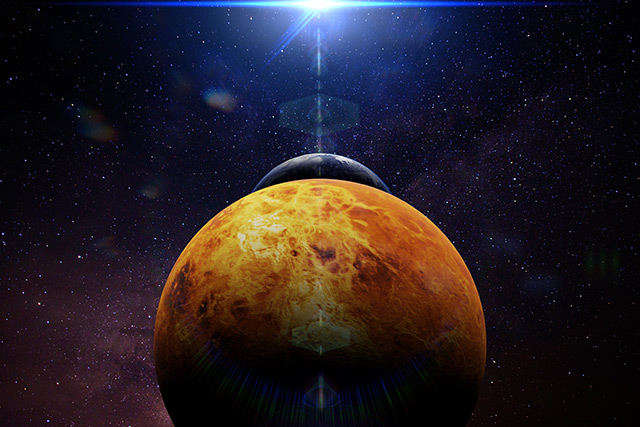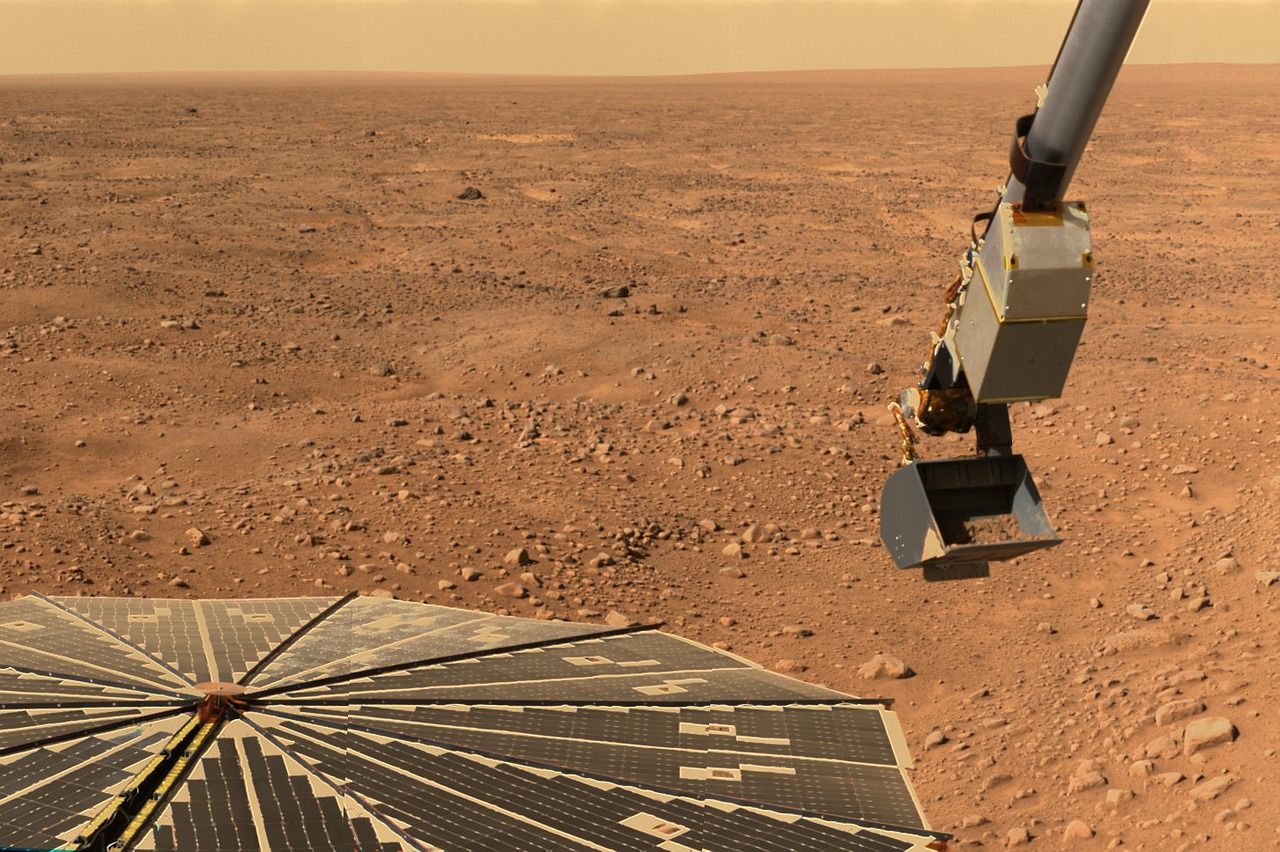NASA successfully retrieves first asteroid samples from OSIRIS-REx spacecraft
10/05/2023 / By Kevin Hughes

After years of waiting, the National Aeronautics and Space Administration’s (NASA) asteroid probe has finally returned to Earth with rock and dust samples taken from an asteroid.
The Origins, Spectral Interpretation, Resource Identification and Security-Regolith Explorer (OSIRIS-REx) probe was launched on Sept. 8, 2016, and traveled to the near-Earth asteroid known as Bennu.
OSIRIS-REx collected a sample of rocks and dust from the surface of this asteroid and then made the long journey back to Earth.
The OSIRIS-REx landed at 10:52 a.m. Eastern Time on Sept. 24 in a Department of Defense-managed targeted area at the Utah Test and Training Range near Salt Lake City. The probe’s capsule was immediately retrieved and transported within an hour and a half by helicopter to a makeshift clean room arranged in a hangar on the training range, where it was immediately linked to a constant flow of nitrogen.
Obtaining the samples and then immediately placing them under a “nitrogen purge” was one of the most critical jobs for the NASA team once OSIRIS-REx returned to Earth. Nitrogen doesn’t combine with most other chemicals, and subjecting the asteroid samples to a constant flow of it helps prevent earthly contaminants from reaching the samples, leaving them pure for future scientific studies.
The samples gathered from Bennu will assist scientists worldwide in making findings to better understand planet formation and the origin of organics and water that led to life on Earth.
The Bennu sample, an estimated 8.8 ounces or 250 grams, was transferred in its unopened canister by aircraft to NASA’s Johnson Space Center in Houston on Sept. 25.
Curation scientists at the space center will dismantle the canister, extract and weigh the sample, make an inventory of the rocks and dust, and eventually distribute pieces of Bennu to scientists globally.
OSIRIS-REx spacecraft arrived at Bennu nearly five years ago
OSIRIS-REx arrived at Bennu on Dec. 3, 2018, and spent the next two years conducting tests and looking for a site on the surface of the asteroid from where the probe could safely collect rock and dust samples. The probe successfully collected a sample on Oct. 20, 2020 and began its return trip home on May 10, 2021. (Related: NASA’s OSIRIS-REX mission will examine samples from an asteroid, seeking clues to the origin of life.)
The OSIRIS-REx spacecraft was 63,000 miles from Earth’s surface when it released the sample capsule toward the planet’s atmosphere. Traveling at 27,650 miles per hour, the capsule penetrated the atmosphere at 10:42 a.m. Eastern Time, off the coast of California at an altitude of about 83 miles. It landed in the military range in Utah within 10 minutes.
“The whole team had butterflies today, but that’s the focused anticipation of a critical event by a well-prepared team. For us, this was the World Series, ninth inning, bases-loaded moment, and this team knocked it out of the park,” said Rich Burns, project manager for OSIRIS-REx at NASA’s Goddard Space Flight Center in Greenbelt, Maryland.
Follow Space.news for more news about NASA missions in space.
Watch the video below about NASA OSIRIS-REx spacecraft’s departure from asteroid Bennu.
This video is from the alltheworldsastage channel on Brighteon.com.
More related articles:
NASA details complex mission to collect rock samples from asteroid Bennu.
NASA warns: Earth at GREATER RISK of being destroyed by asteroid than earlier thought.
Skyscraper-sized asteroid spotted near Earth deemed “potentially hazardous” by NASA.
Sources include:
Submit a correction >>
Tagged Under:
asteroids, Bennu, breakthrough, cosmic, Houston, NASA, National Aeronautics and Space Administration, OSIRIS-REx, research, Space, space exploration, space missions, Spacecraft
This article may contain statements that reflect the opinion of the author
RECENT NEWS & ARTICLES
COPYRIGHT © 2017 SPACE TOURISM NEWS



















